Abodes of Plenty: American Art of the Inhabited Landscape
Teaching Gallery
curator Coleman, William L. (Washington University in St. Louis)
When artists sought to build a market for landscape painting in the nineteenth-century United States, they encountered a major difficulty: the American landscape lacked the grand castles and ruins that had made landscape representation so evocative and popular in many European countries. The artist Thomas Cole described this problem as "the want of associations" in a natural world that seemed all too fresh and wild to European eyes. The solution that Cole proposed was the depiction of ordinary houses—"abodes of plenty"—already rising in the wilderness and inscribing it with democratic virtue in place of the feudal associations of the European landscape. This exhibition presents works by Cole, Asher B. Durand, Edward Hopper, and George Inness, among others, that show the fundamental role the depiction of domesticity continues to play in a vibrant American landscape tradition and the wide variety of approaches artists have taken to this subject matter.
This Teaching Gallery exhibition is curated by William L. Coleman, postdoctoral fellow in the Department of Art History & Archaeology in Arts & Sciences, in conjunction with his course "'The Hudson River School': Landscape and Ideology," offered in spring 2016.
Selected works
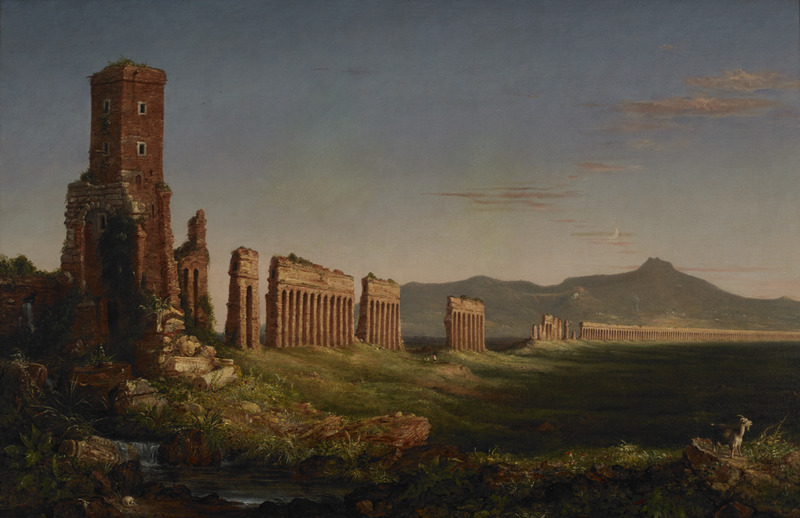
Thomas Cole
Aqueduct near Rome
1832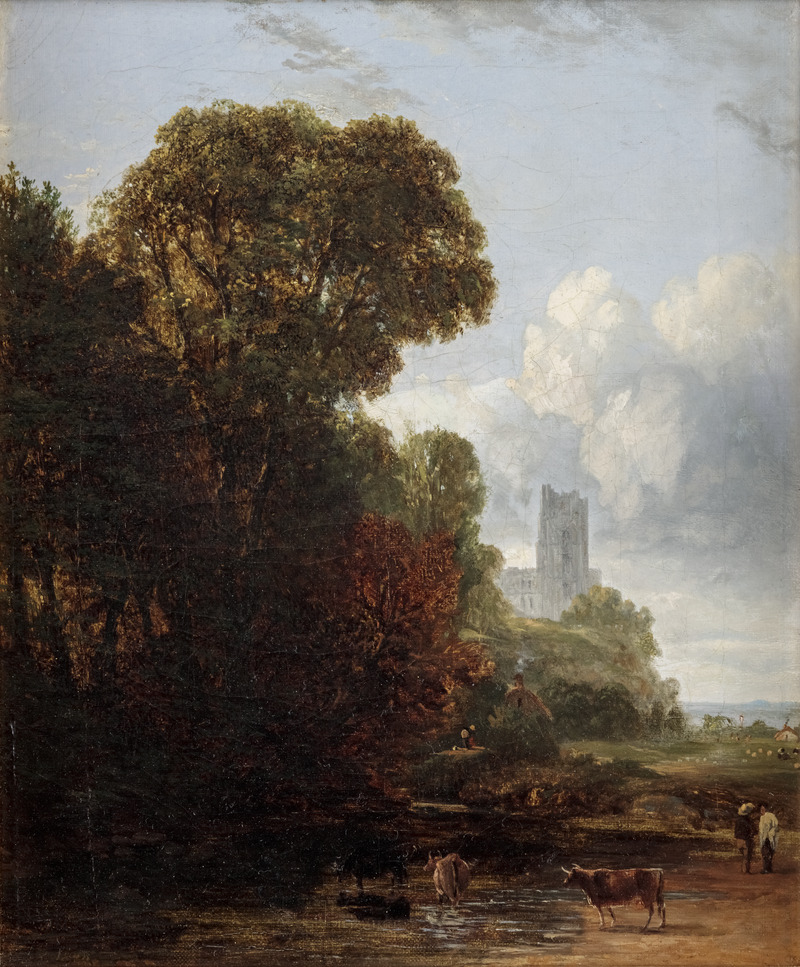
John Frederick Kensett
Landscape
1848
Edward Sheriff Curtis
A Piegan Home
1910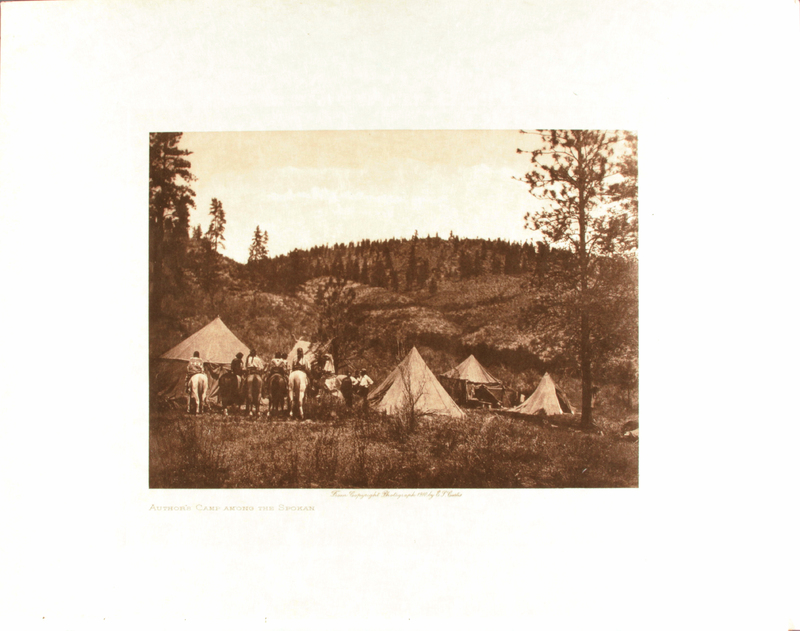
Edward Sheriff Curtis
Author's Camp Among the Spokan
1910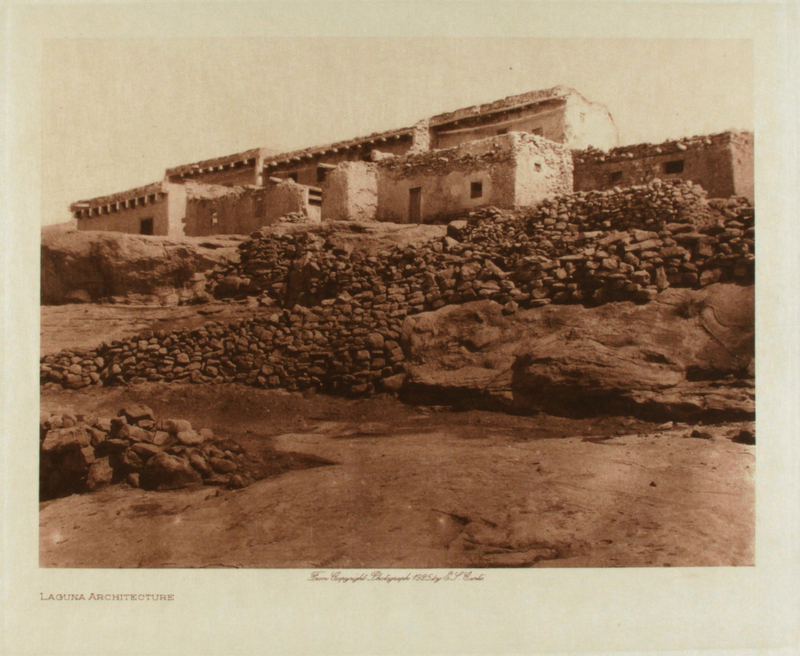
Edward Sheriff Curtis
Laguna Architecture
1925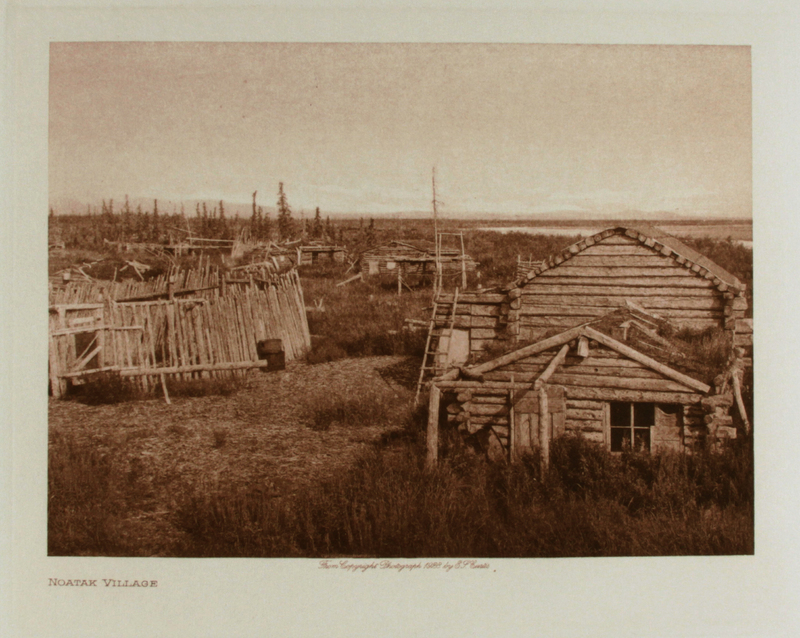
Edward Sheriff Curtis
Noatak Village
1928
George Inness
New England Village (Catskill Cove)
1866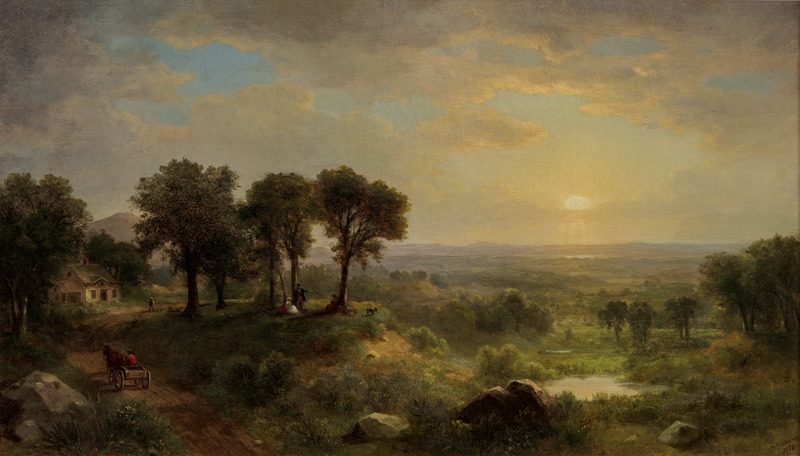
Asher Brown Durand
A New England Landscape
1870
John Henry Twachtman
House in Landscape
c. 1890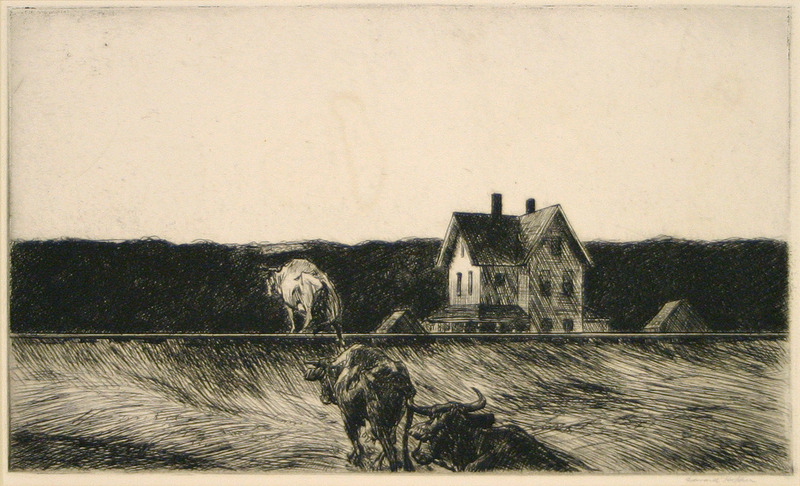
Edward Hopper
American Landscape
1920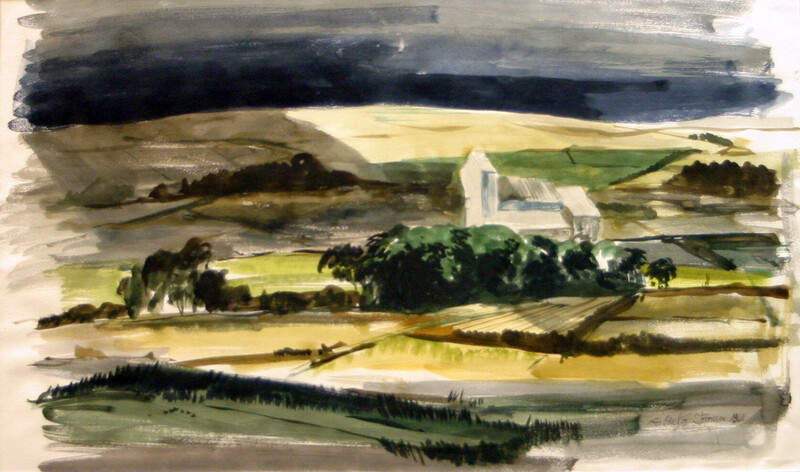
Brockie Stevenson
Landscape with Farm Complex
1961
Maurice Freedman
Monhegan Evening
20th century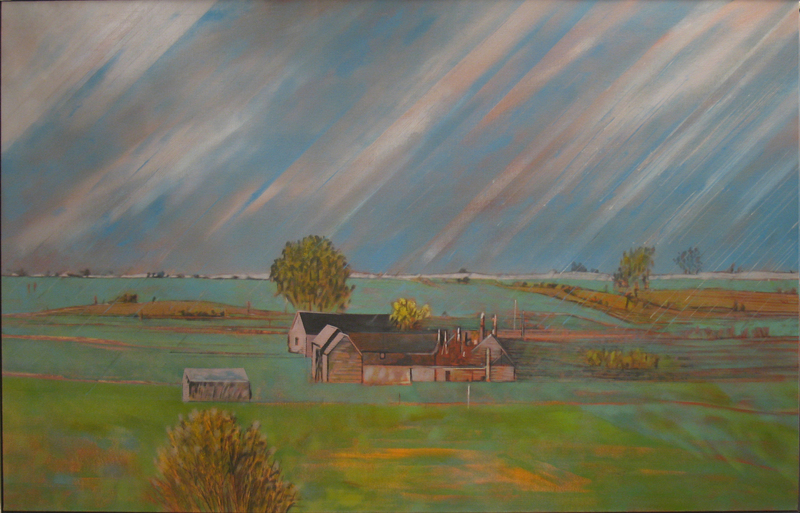
Daniel Lang
Raining Landscape
1982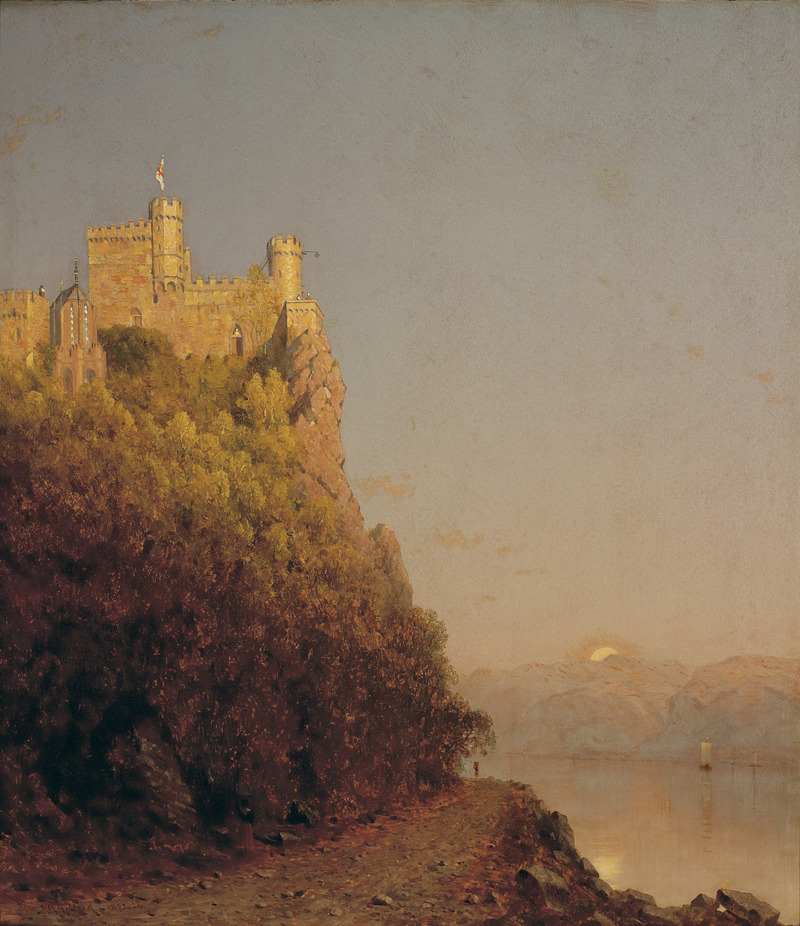
Sanford Robinson Gifford
Rheinstein
1872–74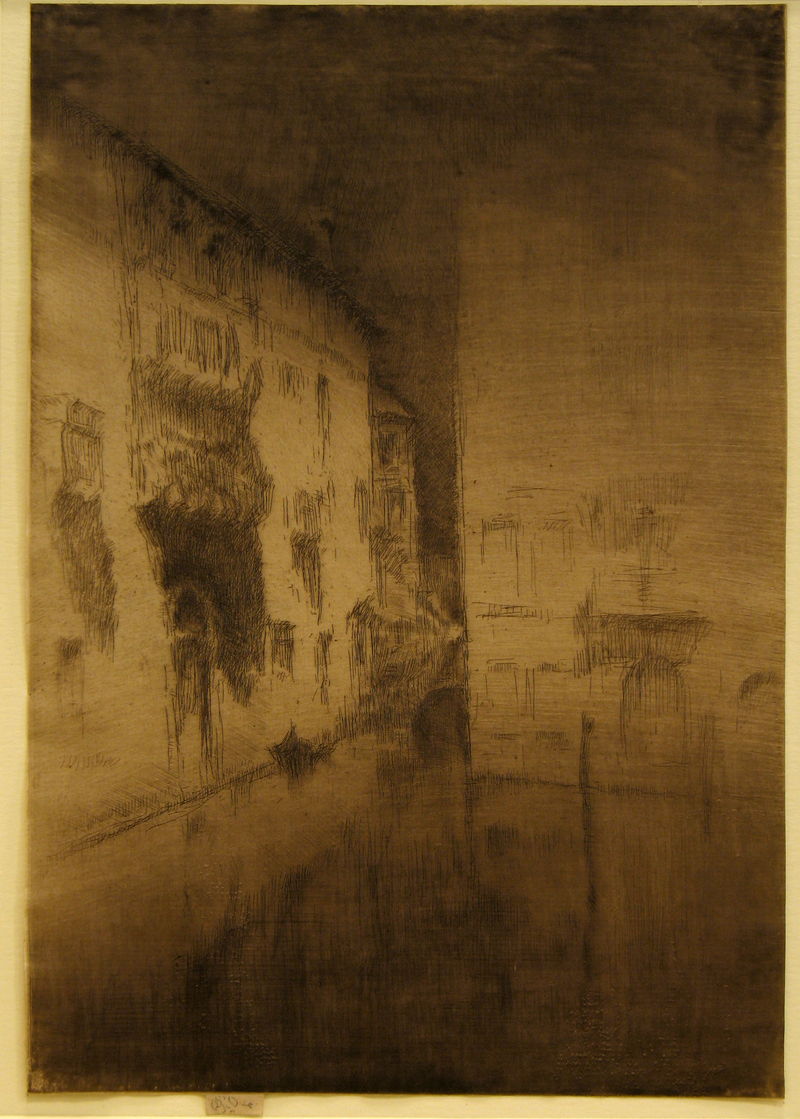
James McNeill Whistler
Nocturne: Palaces, from A Set of Twenty-Six Etchings (Second Venice Set)
1879/1880, published 1886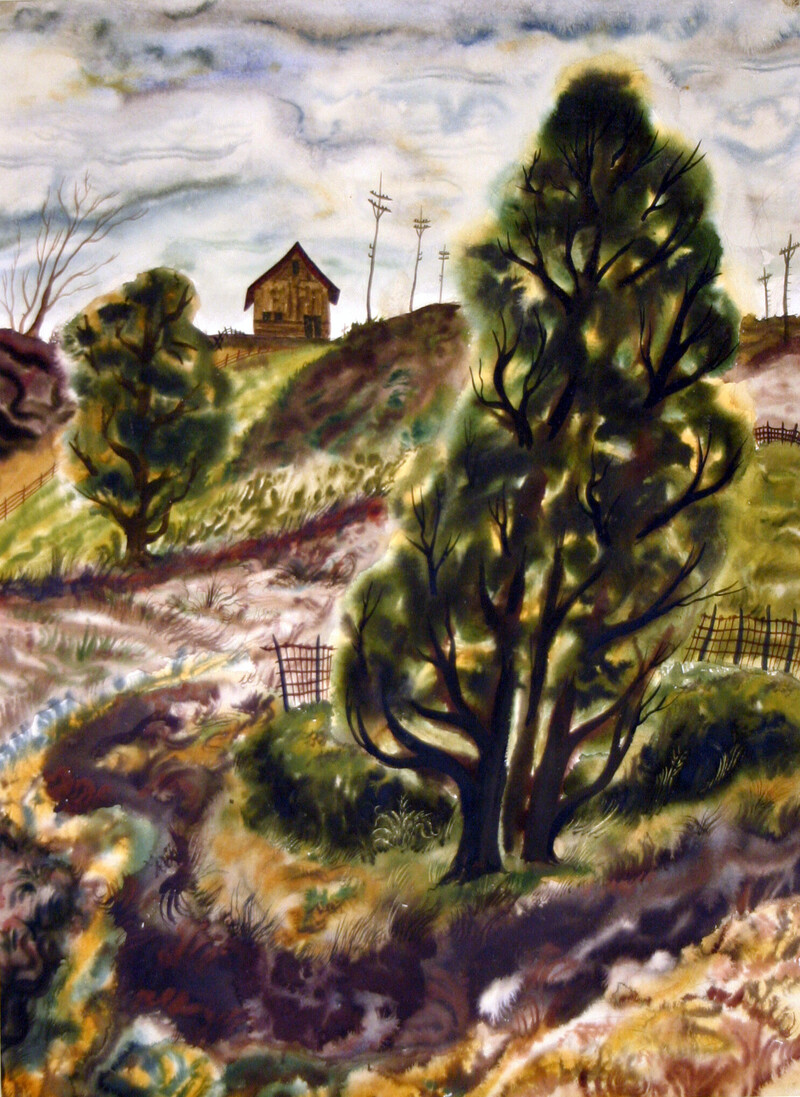
William Fett
Landscape with Trees
1944Teaching Gallery
The Teaching Gallery is a space in the Kemper Art Museum dedicated to presenting works from the Museum's collection with direct connections to Washington University courses. Teaching Gallery installations are intended to serve as parallel classrooms and can be used to supplement courses through object-based inquiry, research, and learning. Learn more